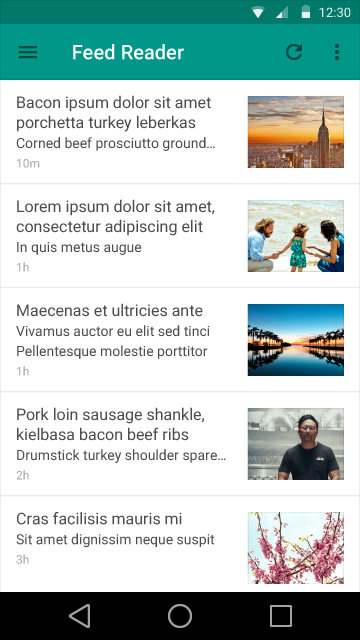Google I/O 2014 is hot and this event may have some relevant output for my development of MapTiming, a Google-based app for sharing event data on a map.
I made following notes:
Maps
Justin Chu has a talk titled “Building location-based apps with the Places API“. He suggests to use the autocomplete service in Google Maps Javascript API for helping users entering address information. Well, I did that one!
Google Maps is overall evolving to provide richer content, including e.g. opening hours, but there’s still much room for a dedicated app that can provide event details and that can also provide better scope control.
In the same presentation about Maps, it is explained how to use the Google places api for finding, storing and sharing Places Of Interest (POI — or ‘establishments’ as they’re called in the presentation) on Google Maps. Here my approach is different, relying on Google Fusion Tables and its native Maps integration. I make a note, since it would definitely be interesting if I could submit the location information entered by MapTiming users to Google Maps. Google wants you to become part of the map, while Fusion Tables is only a layer on top…
Fusion Tables
Not a word about Fusion Tables has been spoken on Google I/O 2014. Should I start worrying about relying on a service that’s after 5 years still marked as ‘experimental’, that doesn’t have new features added over the last half a year, that doesn’t even have a product landing page on google.com, only a support page? Let’s see during the coming weeks how (if?) it will be still part of the new Google Drive… and start thinking about a plan B (probably relying more on Google Places API and replacing Google Fusion tables by Google datastore for storage. There’s only this “Making sense of data” course that ran a couple of months ago to give some hope that the project is still trying to get momentum… targeting an audience at a lower grade level, as it seems.
Design
Material Design was the hot topic at the conference. I definitely want to adopt some of these ideas, especially for the screens with search results and event details! I certainly have the opportunity to shift to Polymer, as it’s about a couple of very small and isolated HTML pages that that are displayed in iframes on top of the map. What better test case could I get? But what about support for IE older than version 10? (note that Google Maps API goes down to version 8, that’s quite acceptable.) Maybe I can just pick up some ideas from google.com/design and don’t go all the way… Let’s start pondering if I should use cards? or a list? or just dividers?
Maybe I can just pick up some ideas from google.com/design and don’t go all the way…


